Don’t Miss the Forest for the Trees: Forest Therapy as a Spiritual Philosophy
Paradoxically, the philosophy that supports forest therapy can remind us that we can trust in life and trust in our nature even when we are not in a forest.

Paradoxically, the philosophy that supports forest therapy can remind us that we can trust in life and trust in our nature even when we are not in a forest.

In a capitalist world, free will is a paradox. Only on a spiritual journey do we realize that freedom is the willingness to surrender to our divine purpose.
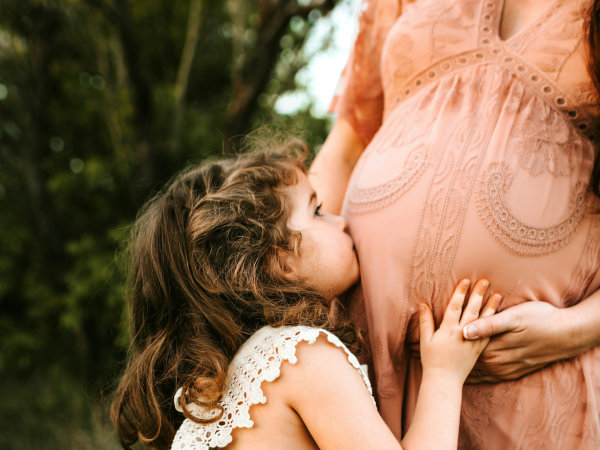
A Course in Miracles skews masculine but Heaven on Earth needs the Divine Feminine, the Innocent Child, and the magic of our embodied experiences to exist.

Somehow, life had enrolled me in an abstract version of A Course in Miracles before I had read the book. Here are some core lessons that I resonate with.
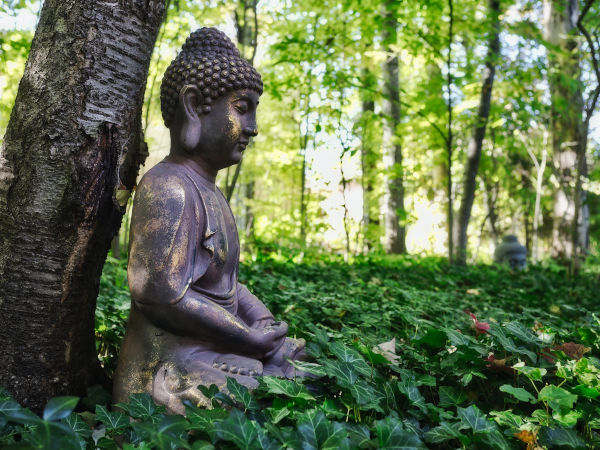
Healing humanity is a spiritual endeavour. Yet to look closer at our social traumas, we must get over our reluctance of spirituality in professional settings.

We cannot physically transform the world through landscape design in ten days, but we can change the way we see the world and make place by shifting perception.
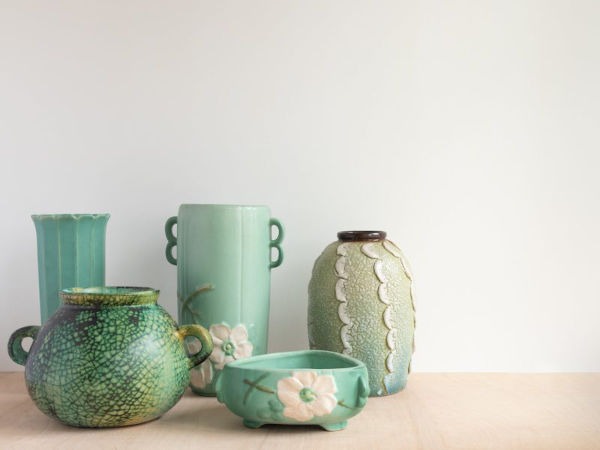
In Building, Dwelling, Thinking and The Thing, Heidegger shows how interpretations change our existential relationship with ourselves and the world.

Heidegger addresses what it means to dwell poetically in his essays. The conclusion: we are all capable of being poetic because it is part of being human.
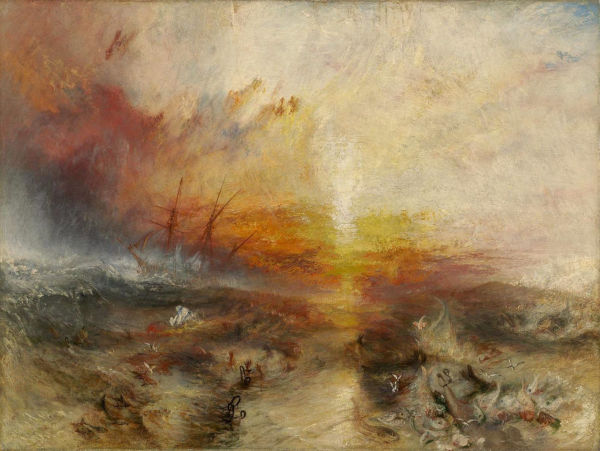
While Romantic science deliberated over nature’s purpose, the existence of souls, and Earth’s creation, Romantic art turned to these subjects for inspiration.
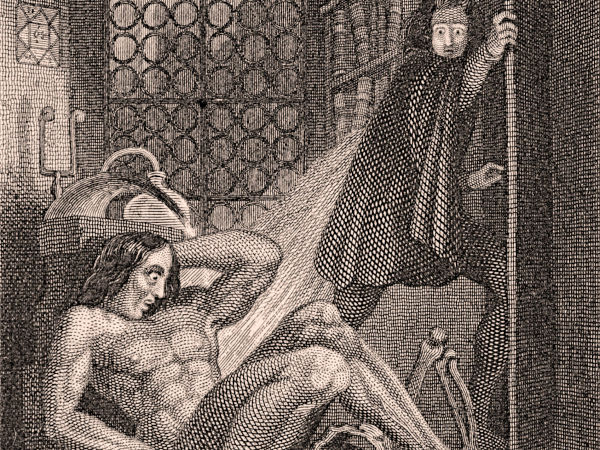
Romantic science was sentimental and subjective and was simultaneously inseparable from and at tensions with religious faith. Art revealed this duality.